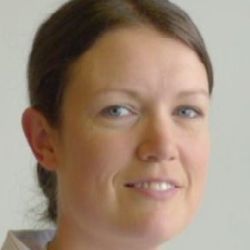Four types of cyclist?
Where presented / published:
2016 2WALKandCYCLE Conference, Auckland, 6 - 8 July.
At the 2016 2WALKandCYCLE Conference in Auckland, Glen Koorey and Karyn Teather presented a paper which explores the different types of existing and potential cyclist in Christchurch. They looked at how cyclist numbers might increase with the introduction of new infrastructure that addresses their concerns.
There is growing national interest in New Zealand's urban environments in the use of other modes of transport that reduce dependency on single occupancy car use. This is especially important during peak commuting hours when transport networks are at their busiest. New Zealand is starting to invest more funding into implementing better cycle facilities to increase cycling numbers. However, a better understanding is needed of the types of facilities that would attract new users. If more can be learned about the types of potential users and the attractiveness of different facilities, it will be useful in planning future infrastructure.
Geller (2006) proposed that people who do not currently cycle include a portion of the population called the "Interested but Concerned" (IBC) who are typically people who are keen to try cycling as a primary mode of transport, but are apprehensive about how safe they will be when travelling with or beside motor vehicles. Geller suggested that the IBC group made up 60% of the population who could be persuaded to try cycling if infrastructure improvements were made to make them feel safe on the network. Further research carried out by Dill and McNeil (2012) indicates that reducing traffic speeds and increasing separation between bicycles and motor vehicles, such as through separated cycle facilities, may increase levels of comfort and cycling rates.
The presentation can be downloaded from our website.




